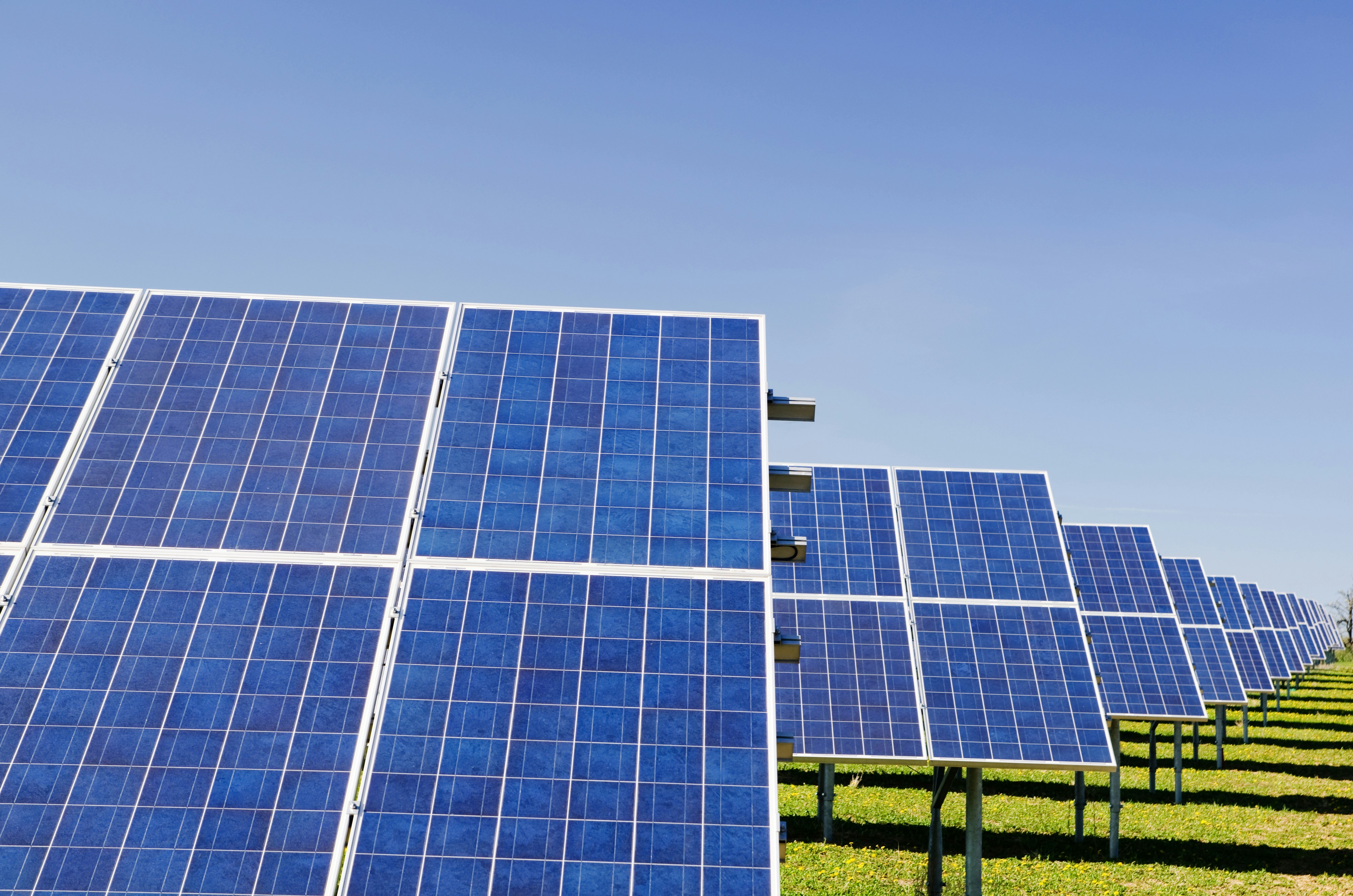Renewable Energies
Renewable energy, can be defined as energy generated from naturally replenishing and essentially inexhaustible sources. These energy sources take advantage of solar radiation, wind, rain, waves, tides, and geothermal heat. Renewable energies provide a sustainable and environmentally beneficial alternative to non-renewable energy sources like fossil fuels, which are finite and cause environmental deterioration.

Solar Energy
Harnessing the power of the sun, solar energy is a limitless source of power that can be used to generate electricity, heat, and light.

Wind Energy
Energy is captured by turbines, wind energy is a clean and renewable resource that converts the kinetic energy of wind into mechanical power

Hydropower
Generated by the movement of water, hydropower is one of the oldest power sources on Earth that can be tapped for electricity.

Biomass Energy
Biomass energy comes from organic material and is a versatile and sustainable source of renewable energy


.jpg)

